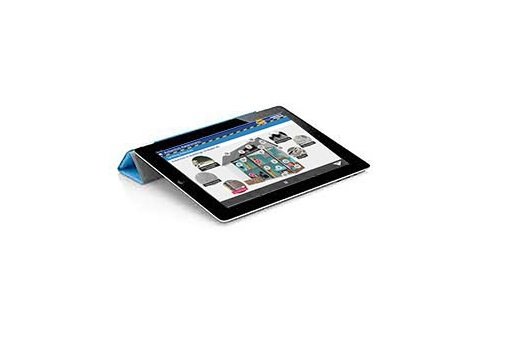Designing multi-device learning

Designing process for multi-device learning
When you start to design multi-device learning solutions, it makes sense to first take a look at what already works well on mobile devices in terms of websites and apps that you and your learners may already use. Multi-device learning is not really about just transposing a traditional e-learning course onto a range of devices. You rarely see “click next” apps or mobile web content. In fact, scrolling and swiping are now back in vogue.
Your research will no doubt reveal the design approaches that are known as “responsive” — where content adjusts dynamically to fit each screen size — and “mobile first”, where you begin with designing for the best mobile experience, before looking at what the full web version might look like.
Multi-device learning sees us move away from linear structures towards formats that encourage a more flexible and user-centric approach. This requires us to take rethink many traditional instructional design approaches. Learning works better on smaller screens if itʼs broken down into smaller chunks of so-called micro-learning.
Each screen view should therefore focus on just one piece of content that can stand on its own. This might be a video clip or animation to explain an individual concept, or a survey to encourage a piece of reflection. Or you might create a piece of learning around a single interactive quiz question where the learning is completed through the use of constructive feedback; or develop a mini-game that allows the learner to experiment with the new content being taught.
You will need to use HTML5 responsive design tools to create the best multi-device learning experience and there are an increasing number of these on the market, from the open source ADAPTsystem, to a handful of proprietary tools. Look for tools that enable you to preview how the content will look on different device types, so that you can make subtle adjustments as needed.
So with a new vision of what learning should look like and the appropriate tools, you are ready to start creating multi-device learning.
Tags: eLearning, Learning & Development, Staff Training